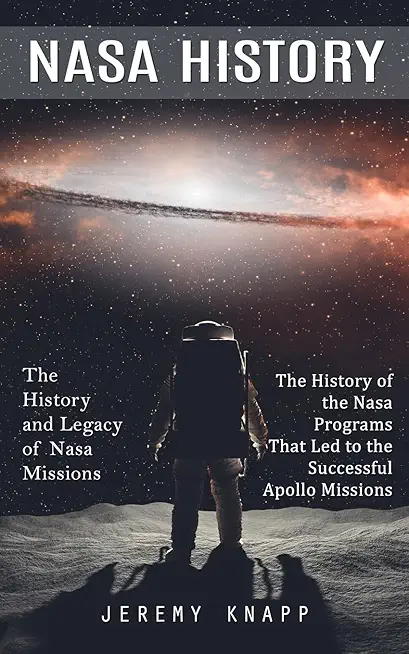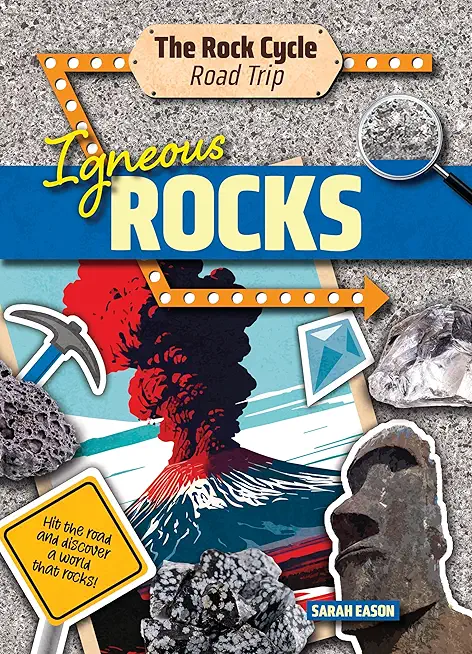
Knapp, Jeremy
Space exploration was always an expensive business, and throughout nasa's history, the agency has had to justify to congress its need for every dollar it intended to spend. This problem has helped nasa to be more careful and more creative with the money they did receive, and scientists had to justify the equipment they wanted to include on each space probe. They had to justify the size and the power demand, too. If they wanted too much, the entire mission might be scrubbed, and all their work would have been for naught. This made planning and designs leaner and more efficient, as scientists and engineers were more careful with their recommendations.
Although apollo 11's successful mission to the moon is seen as the culmination of the space race, and the apollo program remains nasa's most famous, one of the space agency's most successful endeavors came about a decade later. In 1977, two spacecraft were launched from earth to explore the outer solar system, and incredibly, the now-ancient technology from the 1970s is still working, sending daily reports back to the planet that sent the two robotic envoys on their way over 40 years ago.
member goods
listens & views

BEETHOVEN RAVEL RACHMANINOFF
by FUJITA,MEGUMI / BEETHOVEN / RAVEL / RACHMANINOFF
COMPACT DISC$17.75






